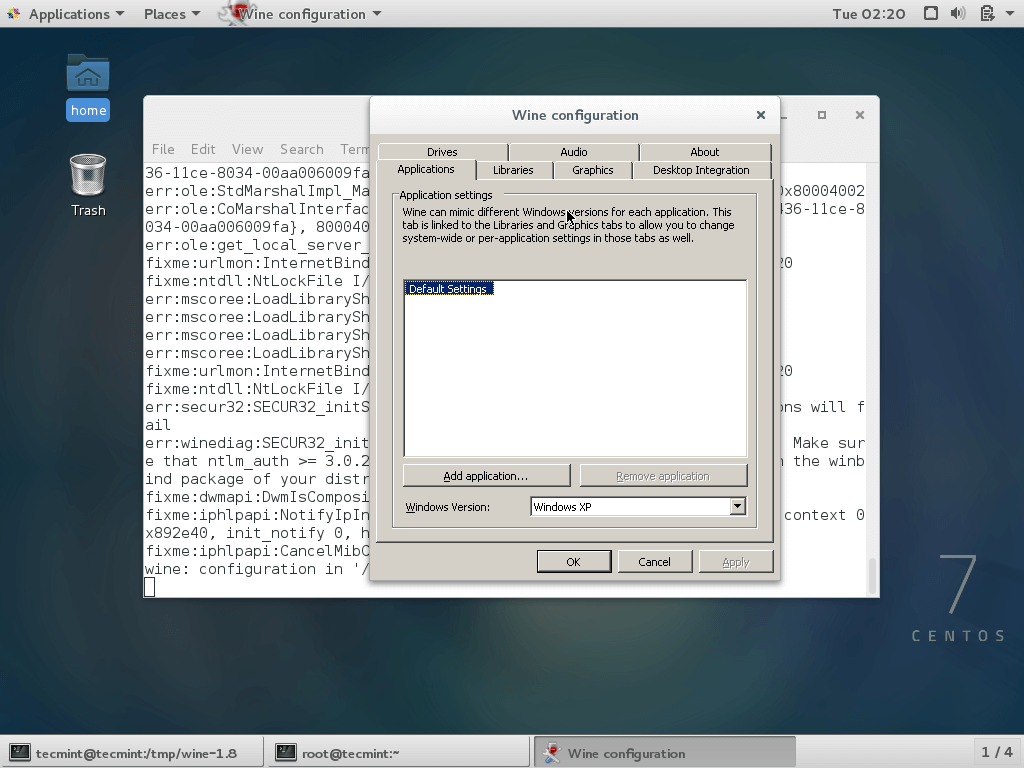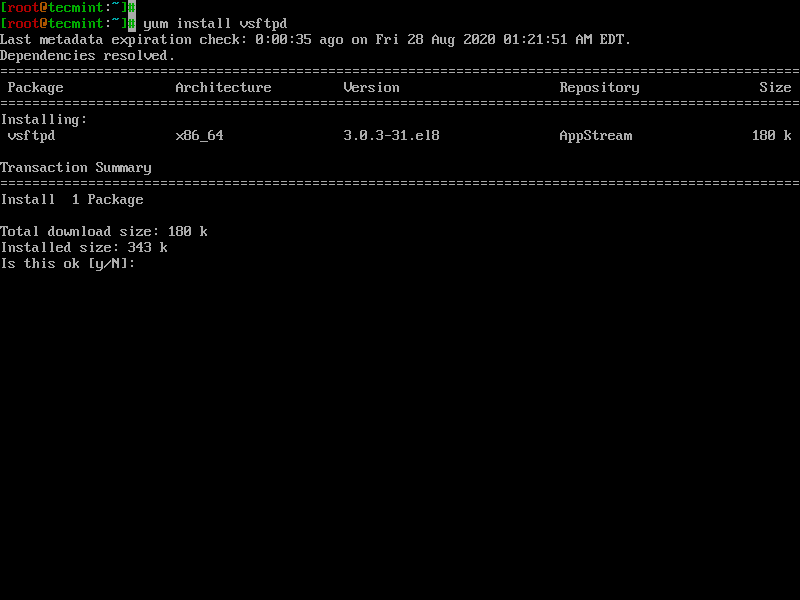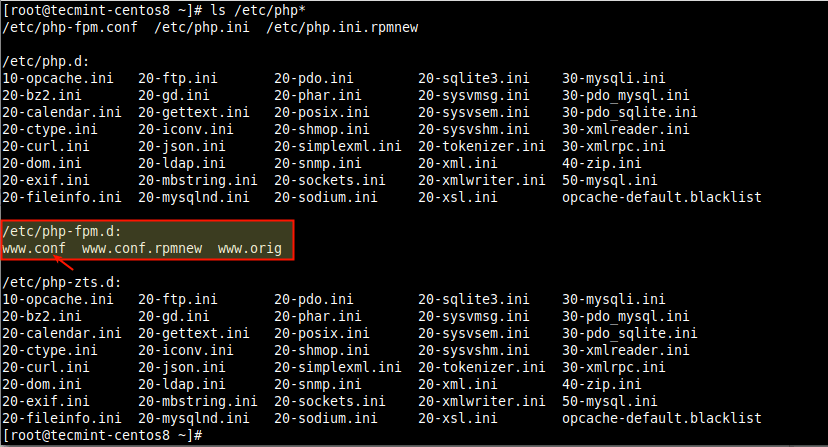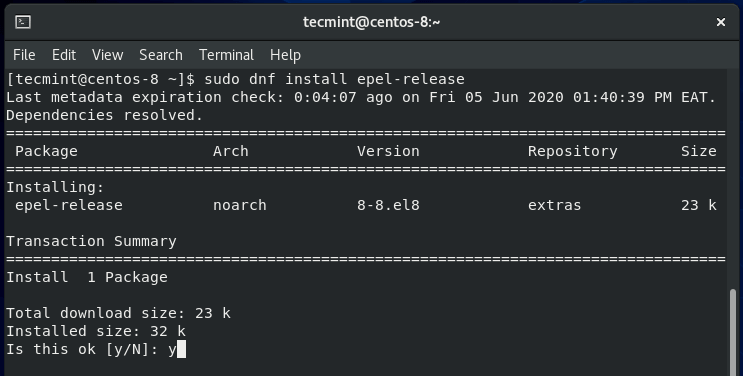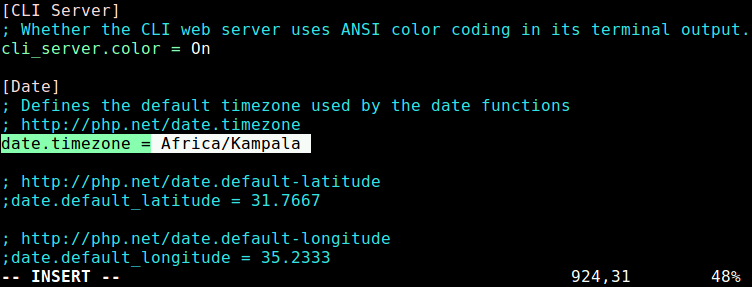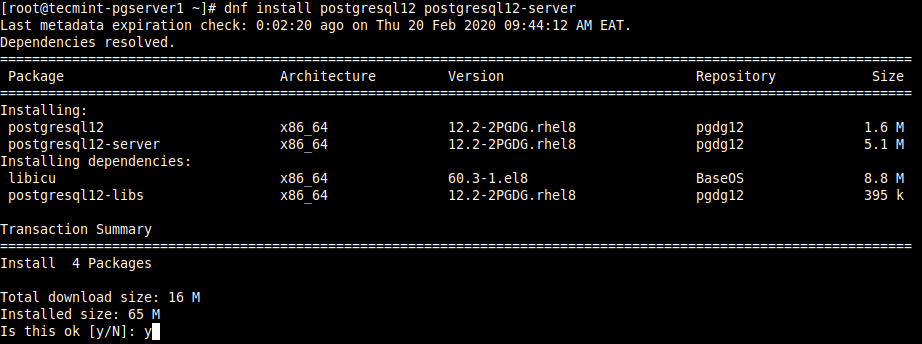Wine is an open-source and free application for Linux that enables users to run any windows based application on Unix/Linux like operating system. Wine team keeps releasing their versions in every two weeks. Finally, the Wine team proudly announced the stable release of 5.0.2 and made available for download in source and binary packages for
CentOS Tips - Page 5 of 8 - DesignLinux
How to Install Multiple CentOS/RHEL Servers Using FTP Network Sources
This tutorial will demonstrate how you can install RHEL/CentOS 8/7, using an FTP server (vsftpd) as Network Source. This allows you to install RHEL/CentOS Linux on multiple machines from a single source point, using a minimal ISO image on the machines you perform installation and the extracted binary DVD ISO mounted on the FTP server
How to Install Apache with Virtual Host on CentOS 8
The Apache webserver is an opensource and popular HTTP web server that continues to enjoy a massive market share in the hosting industry. It ships with loads of features including module enhancements, multi-protocol support, simplified configuration, and multi-language support to mention just a few. Read Also: How to Install Nginx on CentOS 8 In this
How to Connect NGINX to PHP-FPM Using UNIX or TCP/IP Socket
NGINX web server (as reverse proxy) serves PHP applications through the FastCGI protocol (as a backend application server). NGINX employs PHP-FPM (FastCGI Process Manager), an alternative PHP FastCGI implementation that runs in the background as a daemon, listening for CGI requests. It comes with extra features designed for powering heavy-loaded websites or web applications, but
How to Install VirtualBox Guest Additions on CentOS 8
When you first install a virtual machine with a GUI on VirtualBox, the screen size is usually scaled-down and the user experience is usually quite bland. To improve the appearance and functionality of a virtual machine, VirtualBox provides a set of software packages and drivers known as VirtualBox guest additions in the form of an
How to Install Composer on CentOS 8
Composer is the most popular package management program for PHP, that offers a standard form for managing dependencies of PHP applications and needed libraries that your project relies on and it will manage (install/update) them for you easily. Composer is a command-line program that installs dependencies and libraries for applications that are available on packagist.org,
How to Install LAMP Server on CentOS 8
LAMP, an acronym for Linux, Apache, MySQL, and PHP, is a popular free and open-source stack used by website administrators and developers alike to test and host dynamic websites. The LAMP server comes with 4 core components: the Apache web server, MySQL or MariaDB database and PHP which is a popular scripting language that is
How to Install Mautic Marketing Automation Tool in Linux
Mautic is a free open source, web-based and leading marketing automation tool that enables you to understand, manage, and grow your business or organization conveniently. It is highly customizable and extensible, to meet your business requirements. It is still a very young project at the time of writing this article. It runs on most standard
How to Install LEMP Server on CentOS 8
LEMP is a software stack that comprises a set of free and open-source tools that are used for powering high traffic, and dynamic websites. LEMP is an acronym for Linux, Nginx (pronounced as Engine X), MariaDB / MySQL and PHP. Nginx is an open-source, robust and high-performance web server that can also double up as
How to Install PostgreSQL and pgAdmin in CentOS 8
PostgreSQL is a powerful, widely-used, open-source, multi-platform and advanced object-relational database system known for its proven architecture, reliability, data integrity, robust feature set, and extensibility. pgAdmin is an advanced, open-source, full-featured, and web-based administration and management tool for the PostgreSQL database server. In this article, you will learn how to install the PostgreSQL 12 database

